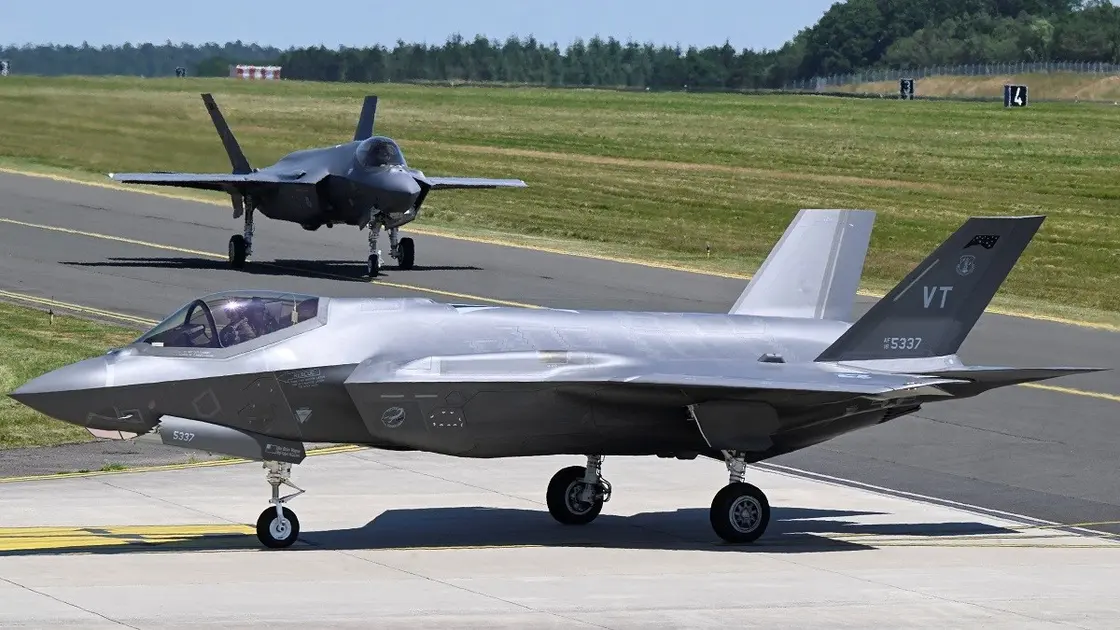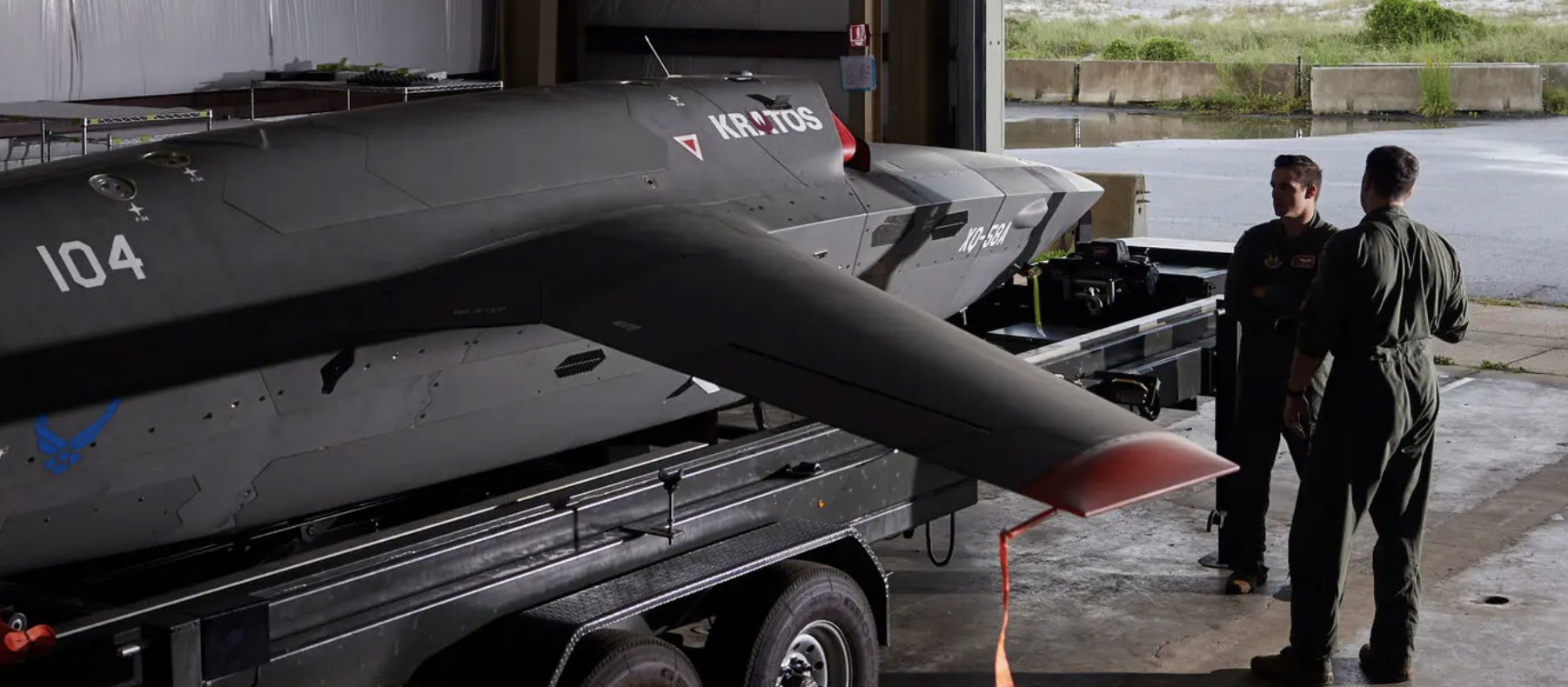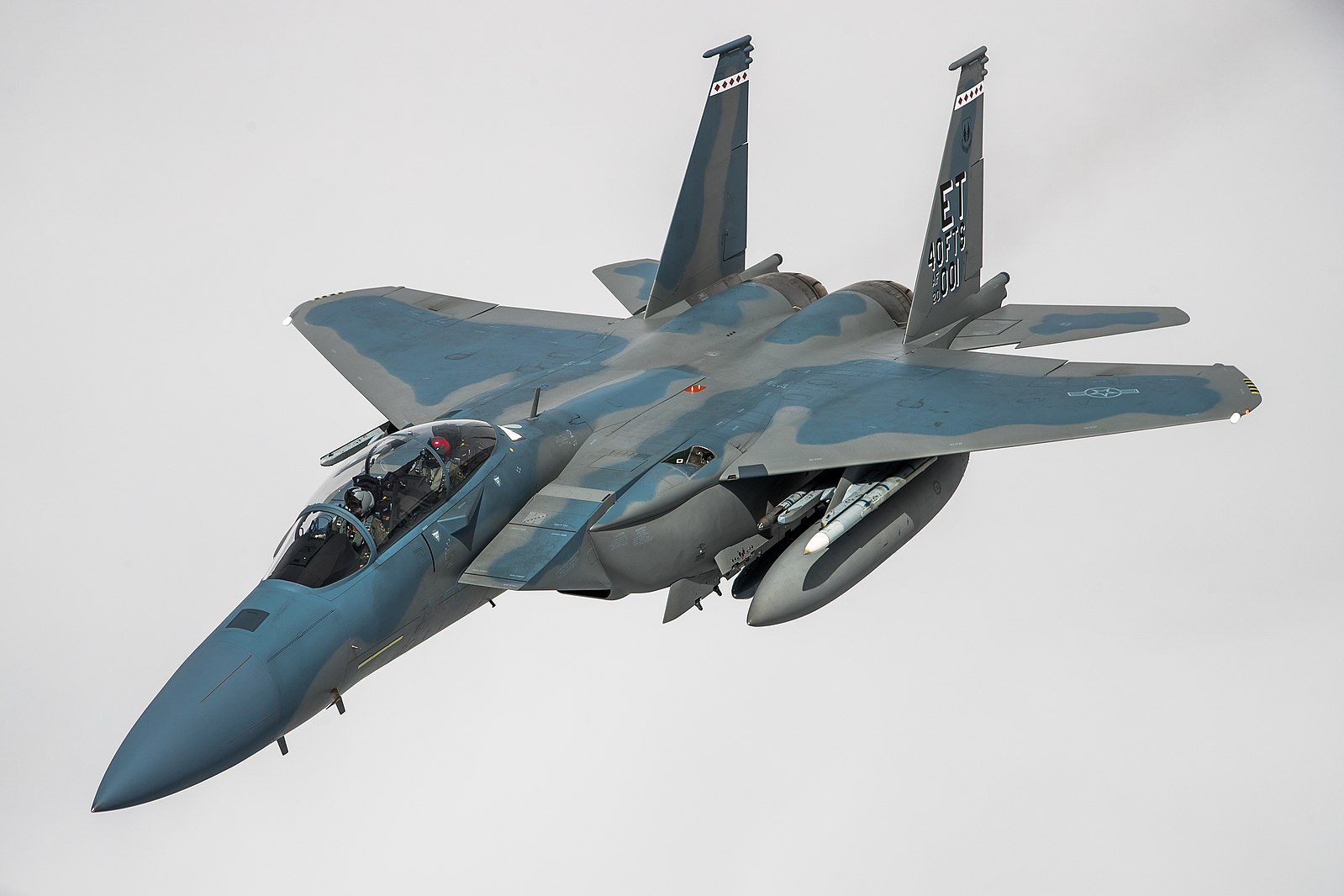What are the world’s most advanced fighter jets in air combat, where speed and altitude are not everything but rather the ability to precisely strike an airborne or ground target and return home safely? Is being an advanced fighter jet a matter of aesthetics, patriotism, stealth, or technology?
For the purposes of this article, technology integration and multirole capabilities are what make the most advanced fighters of today – and although a passionate argument can be made for Ukraine’s Western upgraded MiG-29s and Su-27s as well as America’s A-10C Warthog to be on this list with their relatively new capabilities; neither would last long against these top five. Furthermore, not having a suppression of enemy air defenses capability is a clear setback versus fighter aircraft that do. With that, here’s the list:
5 Sukhoi Su-35
The Sukhoi Su-35 deserves a slot for many reasons; one is that it packs an Irbis-E passive electronically scanned radar that can detect at ranges of up to 350 kilometers (217 miles) in addition to an infrared + optical scanner to pick up airborne targets silently. This may be supplemented by a helmet-mounted sight, as was the case with the Su-27 that the Su-35 is based on. As per the Russian English-language documentary below, the Su-35s also have a datalink – a feature common to all five fighters listed.
Furthermore, the Su-35 comes with thrust vectoring and the ability to carry an extensive range of munitions, from active radar air-to-air missiles with a 300-kilometer (190 mi) range for air superiority to anti-radiation missiles for suppression of air defenses to many types of precision air-to-ground munitions. In Russia’s War on Ukraine, the Su-35 has lobbed anti-radiation missiles, fired GPS-guided glide bombs, and also taken long-range air-to-air missile shots. As you can also see below in this US Navy photograph from a Boeing P-8A Poseidon, the Su-35 can carry semi-active radar-homing missiles and, under the engine intakes, active radar missiles that have their own little radar to intercept targets.

Ultimately, the Su-35 is a very-long-range aircraft capable of tight maneuvering and packing a varied payload. Her avionics also help in the employment of such weapons.
4 Eurofighter Typhoon
This choice was a tough one between the Typhoon, the Dassault Rafale, and the Saab Gripen E/F. However, the Typhoon can carry and do a bit more, go further, and like the Dassault Rafale, has been combat proven.

Also giving the Typhoon and arguably the Su-35 the edge is having an anti-radiation missile. The Eurofighter will be able to carry the SPEAR 3 multi-mode guidance missile plus the SPEAR EW version that can jam enemy air defense radars. According to ThinkDefence.co.uk, the SPEAR missile is intended first for the F-35B (profiled below) and the Eurofighter Typhoon. Three missiles can share a pylon externally and four to each of the F-35’s two internal pylons. One can watch a simulation of the kinetic strike version below:
The Eurofighter is also very advanced in its maneuverability, and its two Eurojet 200 engines are capable of 13,500 pounds of thrust each without afterburner/reheat, and in afterburner/reheat, 20,200 pounds each. So the Eurofighter Typhoon can race along and make both good air intercepts and interdictions.
For sensors, the Eurofighter comes first with the Euroradar Captor to scan and find targets quickly – which is now being upgraded with the Captor-E Active Electronically Scanned Array radar that doesn’t require mechanical aids to move the radar beam around. Also, unlike a passive electronically scanned radar as one big transmitter and receiver, the “active” means each antenna element has its own transmitter and/or receiver. The Eurofighter also comes with the Passive InfraRed Airborne Tracking Equipment (PIRATE). PIRATE is a track-while-scan infrared search and track system allowing the Typhoon to track other aircraft without transmitting any signal, much less a detectable radar signal. Finally, the Eurofighter can mount an infrared pod with a laser designator to find and designate targets for precision bombs to attack.
3 F/A-18 E/F Super Hornet & EA-18G Growler
Yes, the Super Hornet of Top Gun: Maverick fame is on the list. But the real reason why the Super Hornet made #3 did not make the big screen.

Namely, the EA-18G Growler electronic airborne attack variant pictured above that has more electronics, two wingtip pods, and no nose-mounted 20mm gun can provide stand-off jamming, electronic reconnaissance, electronic airborne attack, and suppression of air defenses. In short, finding and suppressing anything on the electromagnetic spectrum, from radars to cell phones.

Together, the Super Hornet and Growler pack an impressive avionics suite such as the Joint Helmet Mounted Cuing Sight or JHMCS. The Super Hornet and Growler can carry various armaments, from the AIM-9X Sidewinder to the AIM-120 AMRAAM to the full range of US air-to-ground munitions. Finally, of the five on here, only the Super Hornet can serve as an aerial tanker. As such, the Super Hornet and Growler are advanced fighter jets – and as you can see below, the aircraft are getting a Block III upgrade:
Oh, and another advance: The Super Hornets + Growlers pack their own boarding ladder—a small but important detail.
2 F-15EX Eagle II
The F-15EX Eagle II is the latest iteration of the F-15 Eagle, an aircraft occasionally designed in the 1970s solely for air superiority. Furthermore, the Eagle II builds on the F-15 Eagle’s successes in both air-to-air and air-to-ground with even more weapons-carrying capability and improved sensors.
As far as sensors, with a Raytheon AN/APG-82(V)1 Active Electronically Scanned Array (AESA) radar, an infra-red search and track Lockheed Martin Legion Pod (to track aerial targets without transmitting radio signals from the radar), and an IR target pod – the F-15EX Eagle II continues the F-15’s ability to search, designate, and attack its own if and when necessary. According to an interview The War Zone had with the radar’s chief developer, the AESA radar reduces maintenance demands. Furthermore, the AESA radar is an evolution from the APG-79 on the F/A-18 and the APG-63V3 on the F-15C/D, adopting the best air-to-ground and air-to-air features. Finally, the head of Raytheon’s F-15 radar program, Michelle Styczynski, shared with The War Zone that in regard to teaming up with the F-35 profiled below:
“Basically, the F-15EX is being compared to an F-35, but really, from my point of view, they’re best working together and F-15EX gives them an ability to have that big searchlight out there via its powerful radar.”
Additionally, the cockpit of the F-15EX will have a large reprogrammable touchscreen versus the small multi-function displays of the F-15E and the old school cockpit of the F-15C that had to be retrofitted in the late 2010s with a large multi-function display to integrate with the Sniper IR pod as covered in the May 25, 2018, The War Zone. So now a modernized F-15C on air superiority duty can make visual confirmations at distance of potential hostile aircraft. This capability will carry over to the F-15EX.
Finally, the F-15EX retains all of the air-to-ground capability of the F-15E, plus the distinct possibility of carrying anti-radiation missiles – and all of the air-to-air capability. Already, the F-15EX has inspired variants like the F-15IA for Israel that can carry the AGM-88B HARM anti-radiation missile, as you can see below:

In an era where fighters must strike with precision with a broad menu of weapons and fight off other fighters – the F-15 retains relevancy.
1 F-35 A/B/C Lightning II/Panther
The top reason the F-35 family is the most advanced fighter is the F-35’s ability to integrate different sensors and protect the relevant information on a helmet-mounted display that can project 40 degrees horizontal and 30 degrees vertical. The F-35’s helmet display integrates a head’s up display, a bi-ocular vision that will project night vision without needing separate night-vision goggles, and a visual targeting sight. Plus, the F-35 helmet sight can merge a picture from six different visual sensors around the aircraft so the pilot can see through the aircraft. Oh, and the Collins Aerospace display, according to the manufacturer’s brochure, is customized to each pilot and comes with video recording. If the helmet sight and controls on the throttle and stick are insufficient – the cockpit comes with a few touch controls and a very large touchscreen that can be reprogrammed as pictured below:

These capabilities are precisely why the F-22A Raptor the author admires at airshows does not make the list. Yes, the F-22A has thrust vectoring, is faster than, and has even better stealth than the F-35, but the F-22A lacks the sensors and extensive weapons-carrying capability of the F-35. Rather, while the F-22 can only pack the AIM-120, AIM-9, a 20mm gun, 2 1,000 lb J-DAMs, and eight Small Diameter Bombs – the F-35 can pack many more weapons by variety and quantity. Furthermore, the F-35A has optical sensors to help designate and deploy those weapons. Finally, the F-22A depends on 1990s-era multi-function displays versus the F-35A’s wide touchscreen that can display flight data alongside sensor data alongside text messages.
Moving along, another advance of the F-35 family is the Northrop Grumman AN/APG-81 AESA radar pictured above. The radar can operate at long ranges and go into a Synthetic Aperture Radar (SAR) mode to map places to find targets and generate GPS coordinates regardless of cloud cover.
But when cloud cover is not an issue, Lockheed Martin has integrated an Electro-Optical Targeting System (EOTS) under a nose-mounted sapphire window. Basically, putting the IR targeting pods of previous generations of aircraft inside the F-35 prevents them from needing to give up a hardpoint to laser-designate targets or turn on its radar to generate GPS coordinates for a GPS-guided weapon. You can look carefully at the nose of the F-35A below and see the EOTS:

One can have all the sensors aboard, but the aircraft must reach the target. In the case of the F-35, the F-35 enjoys the Pratt & Whitney F135 afterburning turbofan, as you can see above, which packs 28,000 pounds of dry thrust and 43,000 pounds in bright afterburner. The F135, according to Airforce-Technology.com, has a jump jet variant that can put 18,000 pounds of thrust thru the back, 20,000 pounds of thrust thru the lift fan, and 3,900 pounds of thrust thru both roll posts to help control the F-35B in vertical flight. Finally, the engine comes with a health management system that monitors the engine’s health and provides telemetry to maintainers to ease troubleshooting.

Ultimately, the F-35 is the most advanced fighter by the cockpit, sensors, weapon carriage capability, and engine. Plus, the F-35 is intended to be low observable to radar – in a word: stealthy. But still capable enough to carry its own boarding ladder.
In conclusion
Let’s be clear: No longer is speed king with fighter jets. Or even just stealth capability with a few weapons. Instead, the ability to fight to the target, reach out and provide effects – kinetic or electromagnetic, or simply exist, is what matters in the 2020s. Versatility and persistence are now what matters.
What are your thoughts? Please share with civility in the comments.
Sources: Airforce-technology.com; Collins Aerospace; The War Zone May 25, 2018, The War Zone April 19, 2021, ThinkDefence.co.uk
LINK TO SOURCE ARTICLE: https://simpleflying.com/most-advanced-fighter-jets-list/#f-35-a-b-c-lightning-ii-panther




